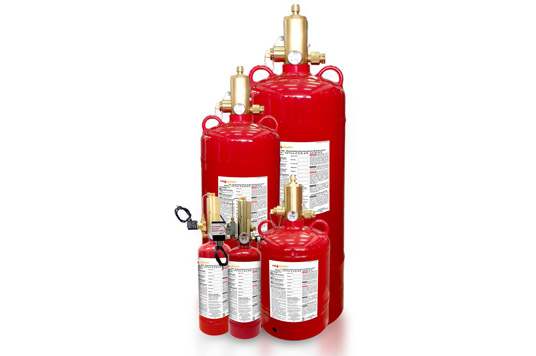The Fire Extinguisher Refilling Process Demystified

Fire extinguishers are essential tools in fire safety, but their effectiveness depends on proper maintenance, including regular refilling. Understanding the fire extinguisher refilling process is crucial to ensure that these life-saving devices are always in optimal working condition. In this article, we will demystify the fire extinguisher refilling process, step by step. Click here to check fire extinguisher refilling price.
Inspection and assessment:
The refilling process begins with a thorough inspection of the fire extinguisher. Trained technicians examine the extinguisher’s external condition, checking for visible damage, wear, and corrosion. They also assess the pressure gauge to determine if it’s within the recommended range.
Discharge and depressurization:
If the fire extinguisher has been partially or fully discharged, it needs to be depressurized before refilling. This step involves safely releasing any remaining pressure to prepare the extinguisher for servicing.
Internal examination and cleaning:
The technician then opens the extinguisher to access its internal components. These include the cylinder, valve assembly, and discharge nozzle. They inspect for corrosion, debris, or any foreign materials that may hinder proper functionality. If any issues are found, they are addressed at this stage.
Extinguishing agent replacement:
Depending on the type of extinguisher, the extinguishing agent is replaced or topped up. The technician ensures that the extinguisher contains the correct type and quantity of agent for the specific fire hazards it is designed to combat.
Pressure testing:
After refilling, the extinguisher undergoes a pressure test to verify that it is adequately pressurized. This test ensures that the extinguisher is capable of discharging its contents effectively in a fire emergency.
Recharging and sealing:
If the pressure test is successful, the technician recharges the extinguisher with a new pressurized gas or propellant. This step involves filling the cylinder with the appropriate pressure to ensure that the extinguisher is ready for use. A new tamper seal is also applied to signify that the extinguisher has been serviced.
Documentation:
Proper documentation of the refilling process is essential. A service tag or label is affixed to the fire extinguisher, indicating the date of the last service, the type of agent used, and the technician’s information. This documentation helps maintain a service history and ensures compliance with regulations.




